| SPECS & Features | |
| What's New? |
Pakistan’s telecom infrastructure is improving dramatically with foreign and domestic investments into fixed-line and mobile networks; fiber systems are being constructed throughout the country to aid in network growth. Pakistan’s telecommunications infrastructure includes
Year 1990 and launch of Instaphone and Paktel:Â Â Instaphone and Paktel were the pioneers in mobile communication in Pakistan during the 1990s. They were joined by Mobilink in 1998 which was owned by Motorola until its sale to ORASCOM. The trio offered AMPS services before switching to GSM in the early 2000s. Ufone joined the mix in 2001. The sector was highly regulated which led to high call rates and poor service quality. Year 1994, Telecommunications Ordinance of 1994: The Telecommunications Ordinance of 1994 created the Pakistan Telecommunication Authority (PTA), Pakistan’s first independent telecommunications regulator, and the Pakistan Telecommunication Company Ltd (PTCL), a state-owned monopoly. Since there was a lack of competition, PTCL turned to be a monopolist with high local telephone call rates and even higher international call rates. During the 1990s, calls to international destinations were around PKR 300/- per minute which was not affordable for most of the population. In addition customer service was poor; fixing a problem might take 10 to 15 days. Having no other options, consumers bad to rely on services and charges by PTCL only. This prompted the government to take a series of actions to improve the service by opening the telecommunications market. This was critical, but required a fine balance because opening the market and preserving PTCL were both important for the government. Year 2003, Deregulation Policy for the Telecommunication Sector:Â The Deregulation Policy for the Telecommunication Sector was introduced by Govt. of Pakistan in July 2003. This policy allowed and encouraged foreign companies to invest in the Pakistani telecommunications market. The centerpiece of the deregulation was the establishment of two categories of basic services licenses:
Year 2004, Mobile Cellular policy introduced:Â In January 2004 the Ministry of Information Technology (MoIT) issued its Mobile Cellular Policy to provide a fair competition among mobile and fixed line operators on one hand, and provision of cost-effective and quality services to consumers on the other hand. Year 2005, advent of Telenor and Warid:Â The deregulation bore fruit as international companies Telenor (Norway) and Warid Pakistan set up operations in the country in 2005. Year 2006, Etisalat purchase 26% share in PTCL:Â In 2006, Etisalat International Pakistan, a wholly owned subsidiary of Emirates Telecommunications Corporation, purchased a 26% stake in PTCL and assumed management control of the company. Pakistan Telecommunication Company Limited (PTCL) started its new brand named Ufone. In 2006, Ufone became the part of Emirates Telecommunication Corporation Group after the privatization of PTCL. Year 2008, Pakistan ranks in top 3 telecom markets:Â In 2008, Pakistan was the world’s third-fastest growing telecommunications market. The telecom industry in Pakistan has flourished a lot and many new companies like Zong, Warid and Telenor have also entered the market. A lot of competition exists and consumers get in turn a lot of options and packages to choose from. (Visited 2,767 times, 1 visits today)
|
History of telecommunication in Pakistan
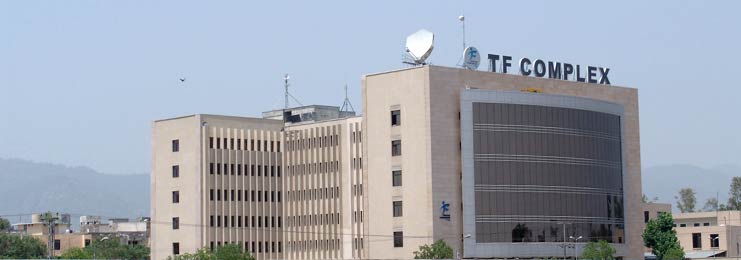


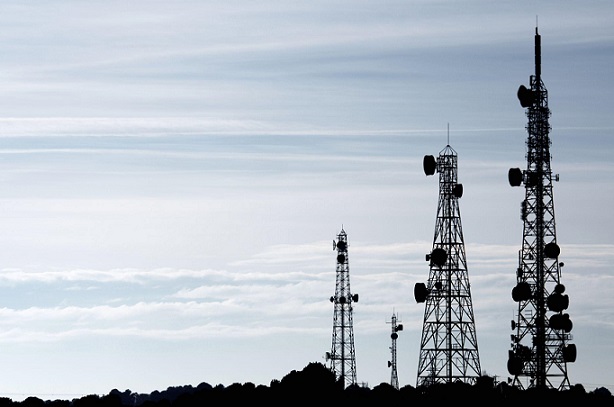

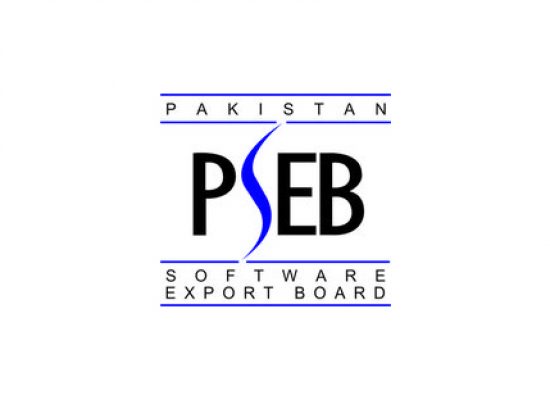
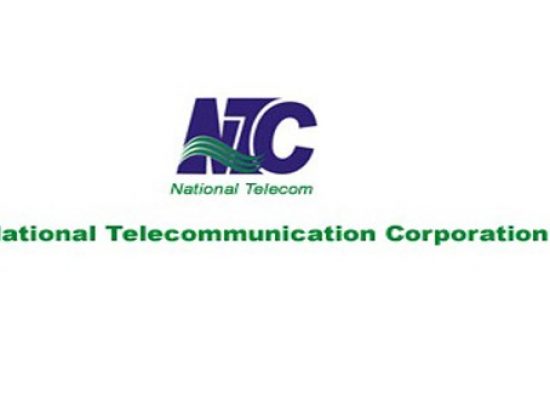
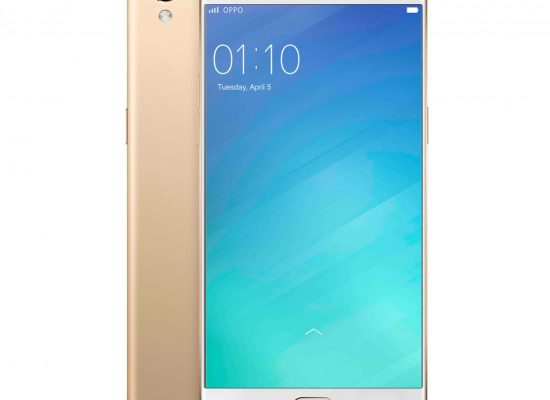


No comments!
There are no comments yet, but you can be first to comment this article.